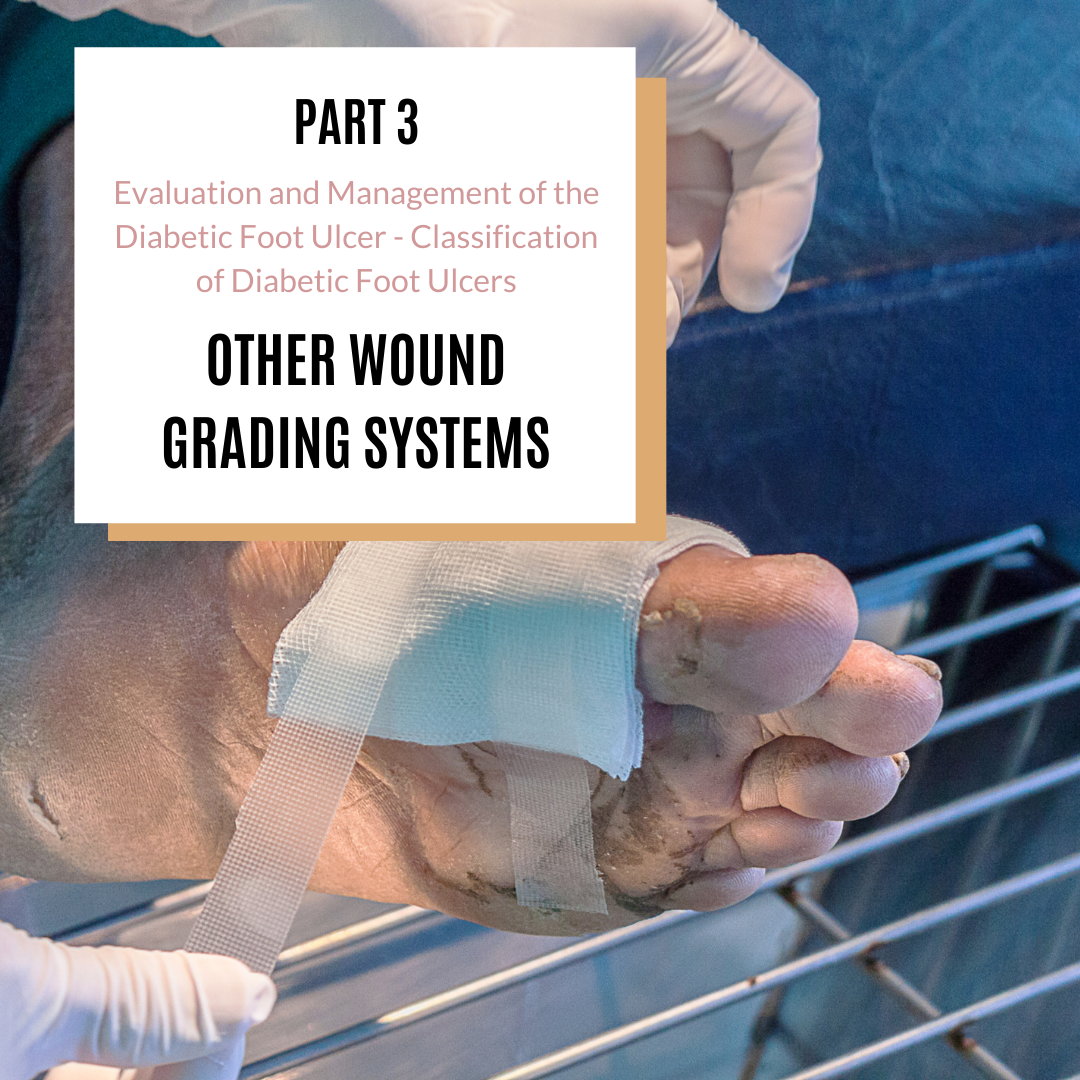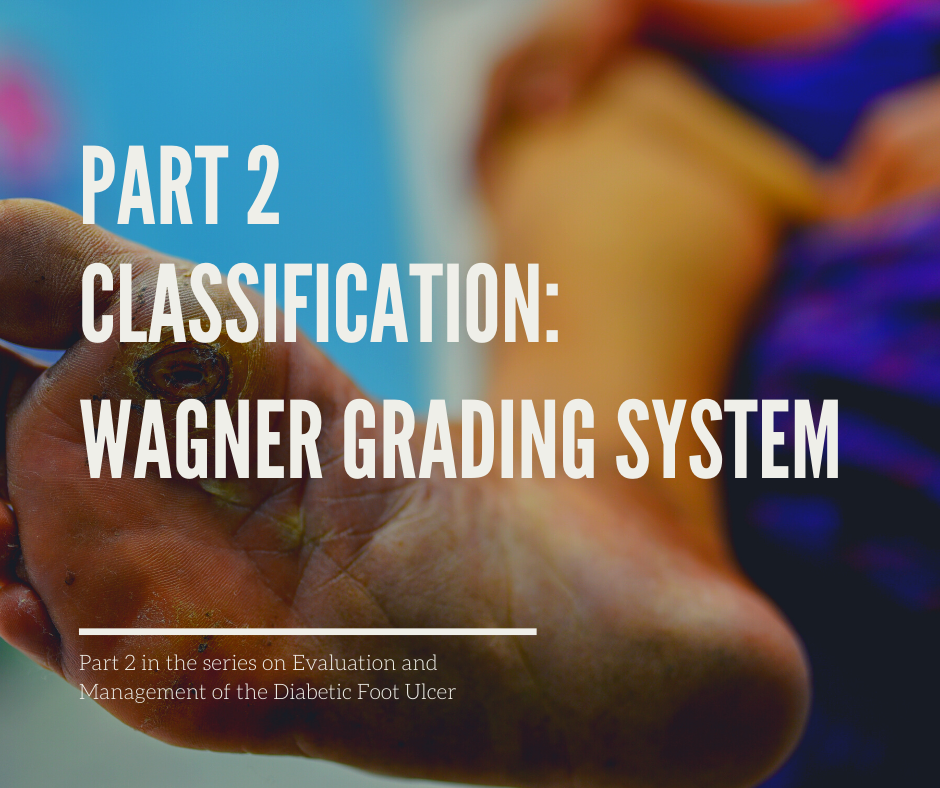In general, fire prevention is described in terms of the Fire Triangle model. For a fire to occur, a fuel, an oxidizer, and an ignition source must be present. Fire prevention in a hyperbaric chamber must account for an increase in the oxygen component of the atmosphere in terms of both oxygen fraction and partial pressure. The resultant increase in oxygen renders what might be inactive fuels and ignition sources in a “normal” air environment active, which increases the risk of a fire.
Rx Pad
Wound oxygenation is an essential strategy for the management of wounds regardless of their severity. Fortunately, in most wound healing situations, autoregulatory mechanisms ensure that oxygen is adequate to meet metabolic requirements. When not adequate, wound healing may be impeded or even totally interrupted, infection may not be controlled, and tissues may die, leading to limb amputations . Wound oxygenation is a function of perfusion. This part of the three-part series discusses oxygen requirements for wound healing and control of infection and methods (and their rationale) for augmenting wound perfusion-oxygenation and introduces the subject of hyperbaric oxygen (HBO2) as a tactic for mitigating hypoxia in wounds in particular and in other conditions where HBO2 is useful in general.
Safety in a hyperbaric chamber begins with design and specifications that are incorporated in construction codes such as the ASME Boiler and Pressure Vessel Code. ASME and related codes establish minimum standards for materials utilized in the construction of a chamber and how those materials are fabricated.2 Subcodes address specific requirements for pressure vessels intended for human occupancy and the viewports utilized in the chamber.3 ASME codes focus on maintenance of the structural integrity of the chamber during routine operations as well as providing safety components such as pressure relief valves to reduce the potential for catastrophic failure of the chamber in the event of overpressure resulting from fire or other mishap. A chamber will undergo inspection, testing, and be stamped to indicate that it has been manufactured in compliance with the applicable pressure vessel code. In many locales, only stamped pressure vessels are allowed to be utilized.
There are differing opinions regarding when to use advanced wound modalities. Many believe that advanced wound modalities should only be used when a wound fails to heal with standard wound management over some period of time, while some believe that advanced therapies should be used immediately on wounds that are identified to be potentially difficult to heal.(2-6) Most insurance carriers have specific guidelines that govern when they will allow use of advanced wound modalities.
For some accidents there is a clear “smoking gun.” However, most accidents are caused by a combination of factors, each of which contributes in some manner. Often these factors accumulate over some period of time preceding the accident. This chapter addresses the factors that foster conditions under which accidents are more likely to happen and discusses some of the steps to be taken to avoid them. Also included is a case history illustrating several of the factors.
Dressing product selection is based on comprehensive assessments of the wound and the patient’s overall physiology. Determining whether a person’s body can support complete wound healing requires clinical skills and significant knowledge of the many barriers to healing, including which impediments can be influenced by the wound care team and which cannot. When making decisions for treatment, one should consider whether the wound has healing potential, is more likely maintenance wound, or has evolved to a non healable ulcer unable to garner the endogenous constituents needed for wound closure and healing.(12,16) For instance, a patient with end-stage cancer who has a Stage 4 infected pressure injury located on the sacrum may benefit from interventions aimed at pain and odor control, addressing the infection, support for activities of daily living, and other health-related quality-of-life issues addressed through a palliative care approach rather than aggressive debridement and advanced dressings looking at the end goal of wound closure.(16) In such a case, maintenance wound care would be more appropriate.
Determing the best interventions, including dressing selection, for patients and their wounds requires looking at the situation holistically. Creating the treatment plan for a chronic wound is dependent upon many diverse patient, wound, economic, and social considerations. The dressing selection goes beyond simply choosing a product to cover the wound. Details assessments of the patient and wound should drive the components of goal-directed wound care. The health-care provider must determine the etiology of the wound, patient comorbidities that may impair the wound healing process (e.g. diabetes and blood glucose levels), nutrition/hydration status, systemic and local tissue oxygenation, and patient/familiy concerns such as pain and odor issues. Each of these factors contribute to creating an individualized plan for care for choosing the most appropriate products and interventions.
We are pleased to announce Michael White, MD, UHM, MMM, CWS as the incoming Medical Director for Wound Care Education Partners. Dr. White is assuming the role from the outgoing Medical Director, Helen Gelly, MD, FUHM, FACCWS, UHM/ABPM.
In this 3 - Part series, we're looking at the most commonly used classification scales currently in use to classify diabetic foot ulcers, including:
There are many scales that attempt to classify diabetic foot ulcers, but few have been validated and none have demonstarated prognistic reliabilty or accuracy with regard to healing a DFU. Some scales focus on anatomy (depth of ulcer), some include vasular assessment, and others include the presence or absence of infection.










